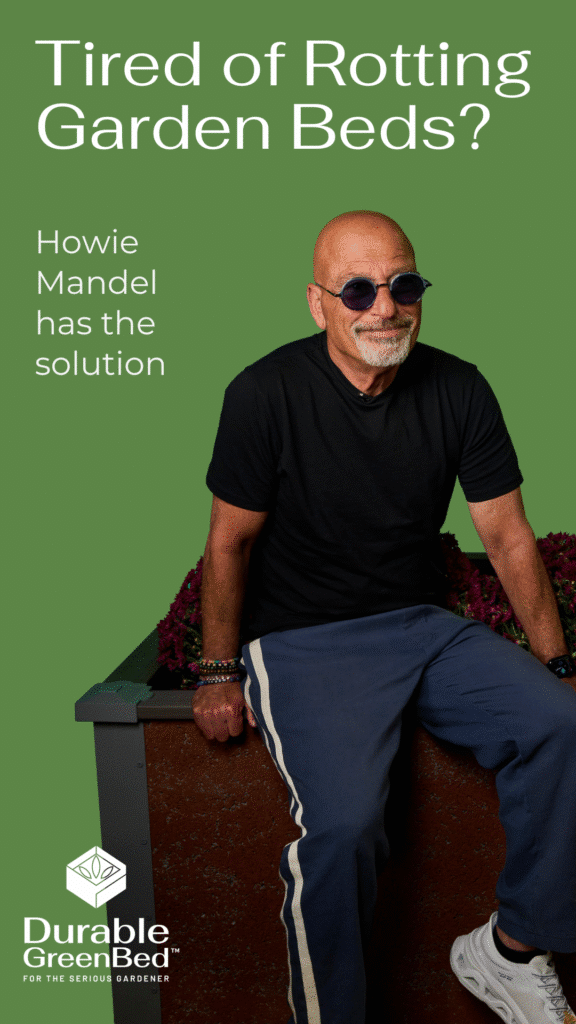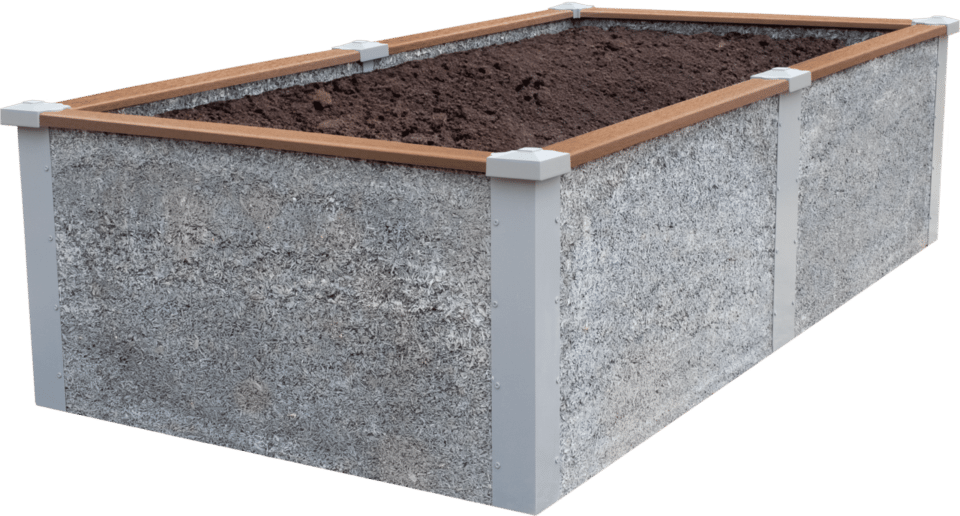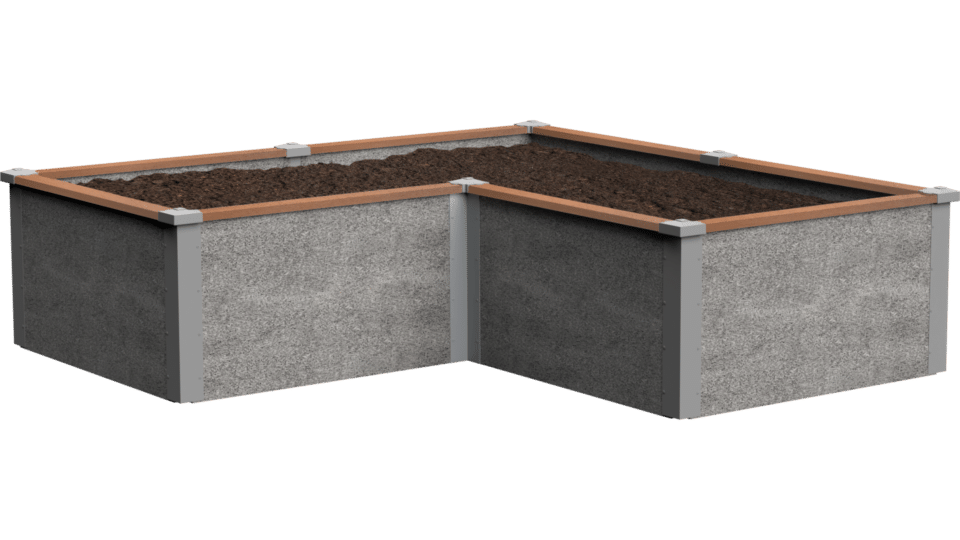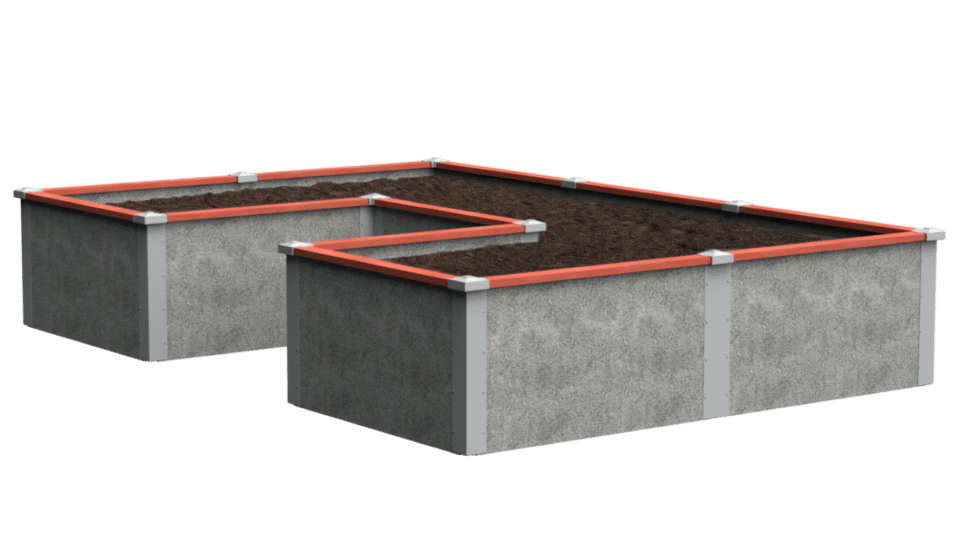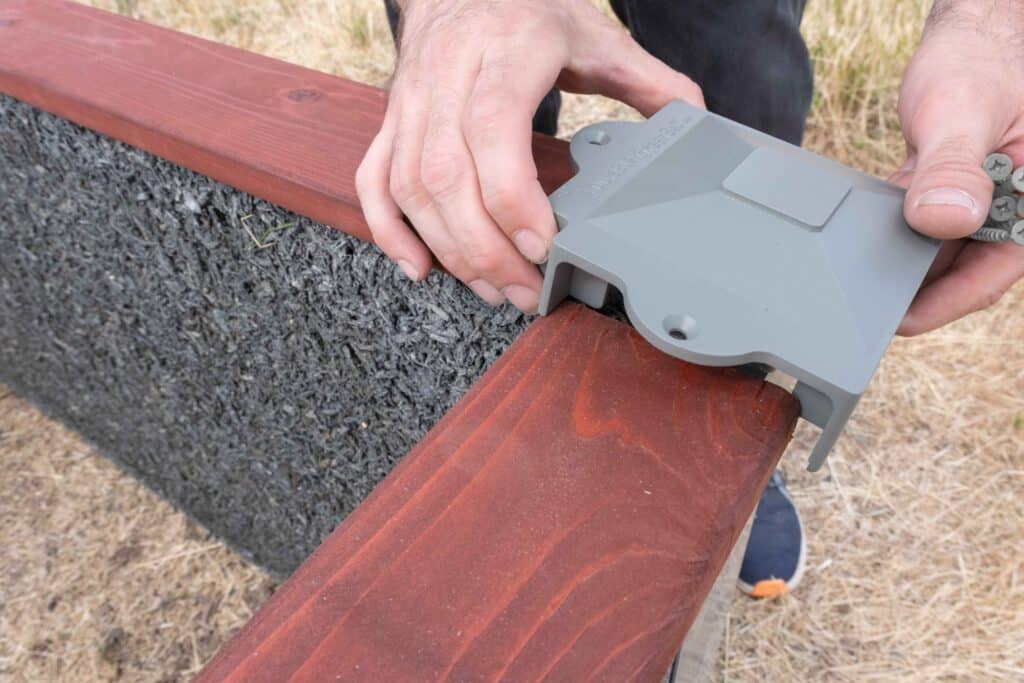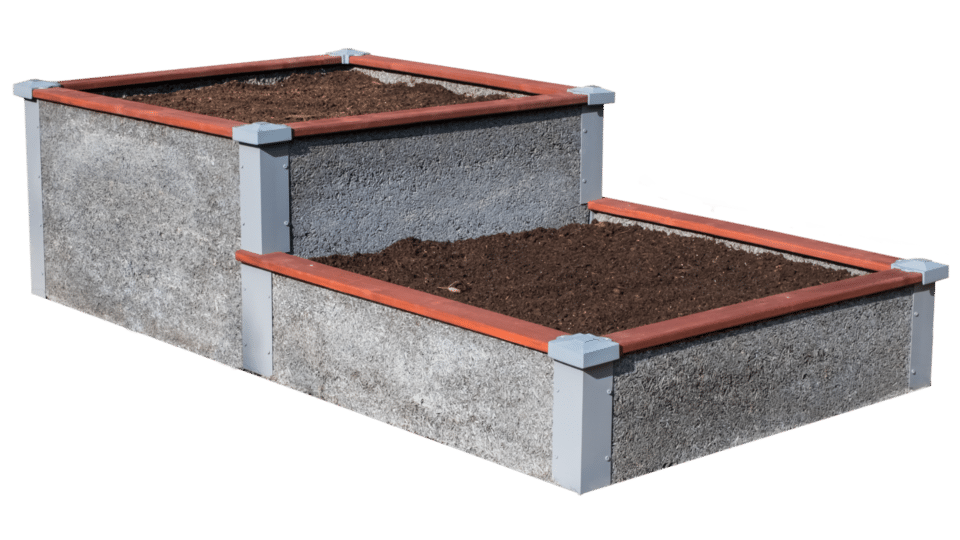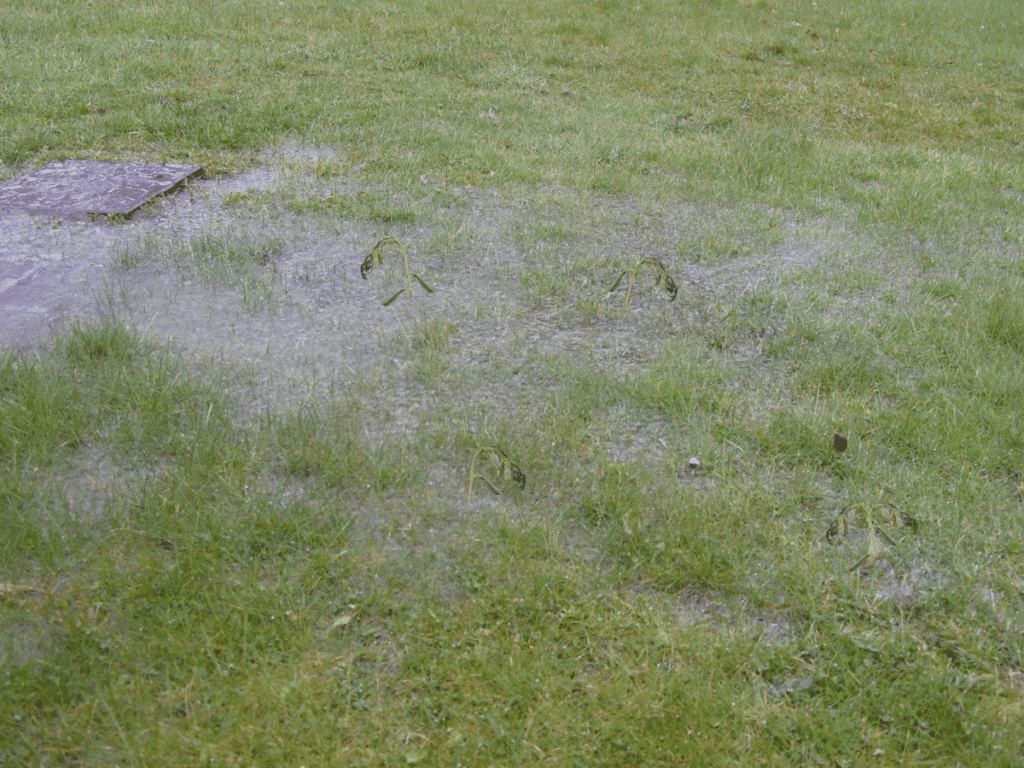
Creating a cold frame for your raised garden bed allows you to extend your gardening season — you may get a month or more on either side of your normal growing season, or you may be able to grow all year–round. There are many ways in which you can create a cold frame for your raised garden bed, depending on your budget, the materials you want to use, and the garden’s size and placement.
Greenhouse or Cold Frame?
Of course, if you want to grow all year-round, you could invest in a greenhouse. But greenhouses are typically much larger and much more expensive. Crops will stay alive inside a cold frame during winter, which can give you a head start on planting seedlings, keeping plants alive longer or starting plants sooner to provide fresh food from the garden throughout the winter months. It’s the equivalent of moving your plants to a slightly warmer agricultural zone. If it gets too hot inside the cold frame, just open it and release some of the trapped warmth.
Make DIY cold frames with many upcycled materials. Another advantage of cold frames is that they are typically more portable than greenhouses (even mini greenhouses). You can move cold frames made from light materials from one bed to another from year to year. Break them down for storage if you don’t need them out all year.
In essence, a cold frame allows sunlight to pass through a material to trap and warm the air around plants. The top often lifts, as in a box, and the box sits over the plants. Because it traps sunlight and warmth, you’ll get the best results if you place the cold frame in direct sunlight. If possible, orient the top of the frame to the south, so you can capture as much warmth as possible from the low winter sun.
Methods of Creating a DIY Cold Frame For Your Garden
1. Use anything made of hard clear plastic. Mother Earth News says they have used clear plastic window well covers with great success. Clear PVC corrugated window roofing attached to a frame could work.
2. Use shower doors. Clear glass shower doors can be fashioned into a cold frame. The key is to attach the doors to a frame that allows the doors to be securely fashioned and also open. One possibility is to place straw bales around your bed, and place the doors on top of the straw bales. When the straw bales start to break down, use them to mulch your garden or keep weeds down in pathways.
3. Upcycle windows. Many cold frames are made from discarded windows. Keep the windows small enough so that they are not too heavy to move. Most gardeners would use wood to build a simple bottomless open box. Then, attach the windows to the top of the box. Hinge the window or use a sliding window so that it may be opened for ventilation on warm days. Shop your local Habitat for Humanity ReStore, a thrift store, salvage yard, or yard sale to find windows.
4. Use a sheet of glass. If you have a sheet of glass that you can safely handle, consider just placing it atop your raised garden bed to create a temporary cold frame while your seedlings grow.
5. Use discarded skylights. Another thing you might find at the Habitat for Humanity ReStore is a discarded skylight. If you find one of these, attach it to a frame in the manner of the windows. Or position straw bales around it and just place the skylight on top of the bales.
6. Build a PVC frame. One great way to make a cold frame for your garden if you have raised beds is to build a frame from PVC and cover it with poly sheeting. The plastic sheets can be secured with clamps. Depending on how you secure the pieces of the frame together, you may be able to disassemble the frame for storage. The nice thing about this option is that the frame can be designed to suit whatever size beds you have and whatever shape your garden area may be.
There's Nothing Like Durable GreenBeds
It's the Walls!™
- Breathable
- Well Draining
- Higher Yields
- Prevents Slugs and Pests
- Non-Toxic
- 20-25 Year Lifespan
Shop Durable GreenBed Kits
-
Rectangular Raised Garden Bed Kit
$471.00 – $2,085.00Price range: $471.00 through $2,085.00 Select options This product has multiple variants. The options may be chosen on the product page -
L-Shaped Raised Garden Bed Kit
$786.00 – $1,305.00Price range: $786.00 through $1,305.00 Select options This product has multiple variants. The options may be chosen on the product page -
U-Shaped Raised Garden Bed Kit
$1,199.00 – $2,446.00Price range: $1,199.00 through $2,446.00 Select options This product has multiple variants. The options may be chosen on the product page
Shop Durable GreenBed Raised Garden Bed kits
-
Rectangular Raised Garden Bed Kit
$471.00 – $2,085.00Price range: $471.00 through $2,085.00 Select options This product has multiple variants. The options may be chosen on the product page -
L-Shaped Raised Garden Bed Kit
$786.00 – $1,305.00Price range: $786.00 through $1,305.00 Select options This product has multiple variants. The options may be chosen on the product page -
4’x8’ Stepped Raised Garden Bed Kit
$865.00 – $1,073.00Price range: $865.00 through $1,073.00 Select options This product has multiple variants. The options may be chosen on the product page -
U-Shaped Raised Garden Bed Kit
$1,199.00 – $2,446.00Price range: $1,199.00 through $2,446.00 Select options This product has multiple variants. The options may be chosen on the product page


